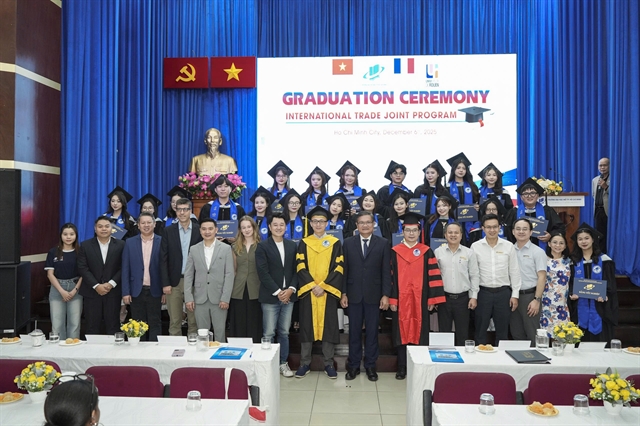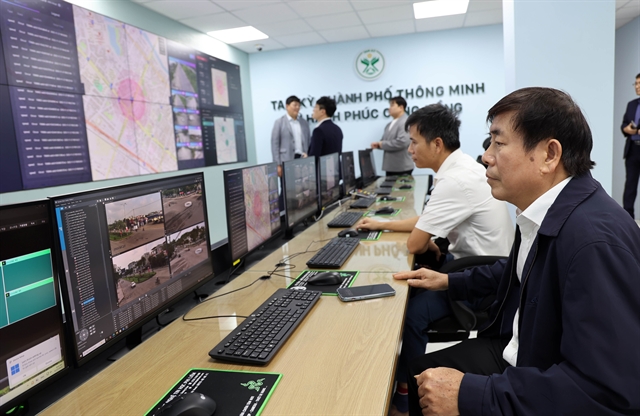 Life & Style
Life & Style

The Ministry of Culture, Sports and Tourism has assigned authorities and related organisations in the central province of Quảng Trị to strictly protect the environment at historical underground relics in the province.

|
| No Title |
HÀ NỘI — The Ministry of Culture, Sports and Tourism has assigned authorities and related organisations in the central province of Quảng Trị to strictly protect the environment at historical underground relics in the province.
In a decision issued late last week, the ministry assigns the Quảng Trị Province's Relics Preservation Institute to be the major unit, in coordination with the province's Department of Culture, Sports and Tourism and the Centre for Relics and Landscape Conservation, to implement the task this year.
Two national historical relics of Vịnh Mốc Tunnel in Vĩnh Thạch Commune and Vĩnh Linh Tunnel Village, in Vĩnh Linh District, which were used as guerrilla warfare against the American air war of destruction against North Việt Nam between 1965 and 1972, are the targeted environmental protection sites.
They are recognised as unique historical and cultural relics with great educational values and symbols of strong will and patriotism against foreign invasion.
The tasks also include assessing the effectiveness of the model and proposing solutions for the implementation to contribute to preserving a sustainable tourism development for the province.
The specific subjects of the tasks are the natural and socio-cultural environment, preserving and promoting historical values and related socio-economic development conditions at the sites and highlighting technical infrastructure, high quality tourism services and tours to the relics.
The implementation of the task at the two sites is urgent and aims to prevent and limit the impacts on the relics' historical values and surrounding environment, according to the ministry.
Quảng Trị reported serious erosion hitting many coastal areas of Vinh Mộc Village, Vĩnh Thạch Commune, Vĩnh Linh District.
In October last year, Vịnh Mốc Tunnel was damaged by the erosion which has occurred since 2006 due to sea water encroachment.
Tunnel history
In mid-1960s, the national movement of liberation of South Việt Nam was at its peak.
The US forces expanded attacks on northern Việt Nam by both air and sea.
The enemy paid special attention to Vĩnh Linh District, Quảng Trị Province, with the aim of turning the area into a white zone to prevent the North from assisting the South.
They dropped about half a million tons of bombs onto this area.
To evade the attacks, local people in the district built a system of tunnels deep under the ground to protect themselves and at the same time supply food and armaments to the North Vietnamese garrison on the island of Cồn Cỏ, with target to hinder American bombers on their way to Hà Nội.
From 1965 to 1968, Vĩnh Linh people created 114 guerilla warfare tunnels in villages, communes and towns. The tunnel system was used until 1972.
Vịnh Mốc Tunnel is the most intact as it consists of three floors, 1,701-m long with 13 gates.
To build the system, people had to dig and remove about 6,000cu.m of rock and soil. It is called the tunnel village because the tunnel has a hall, apartments, maternity hospital, message boards, water wells, toilets, and surgical station. In 2,000 days of existence, 17 babies were born there underground.
In 1976, the then Ministry of Culture and Information recognised the tunnels as a national-level historical site.
The site annually welcomes hundreds of thousands of visitors, many of them foreigners. — VNS




